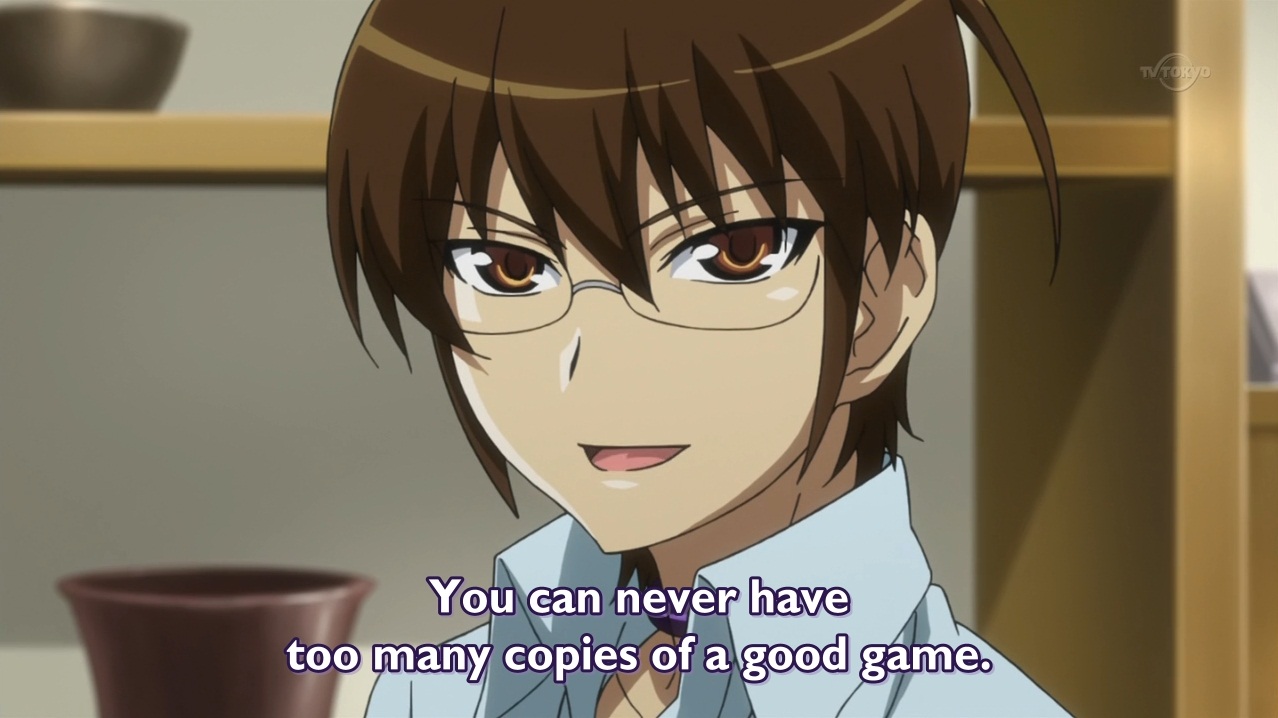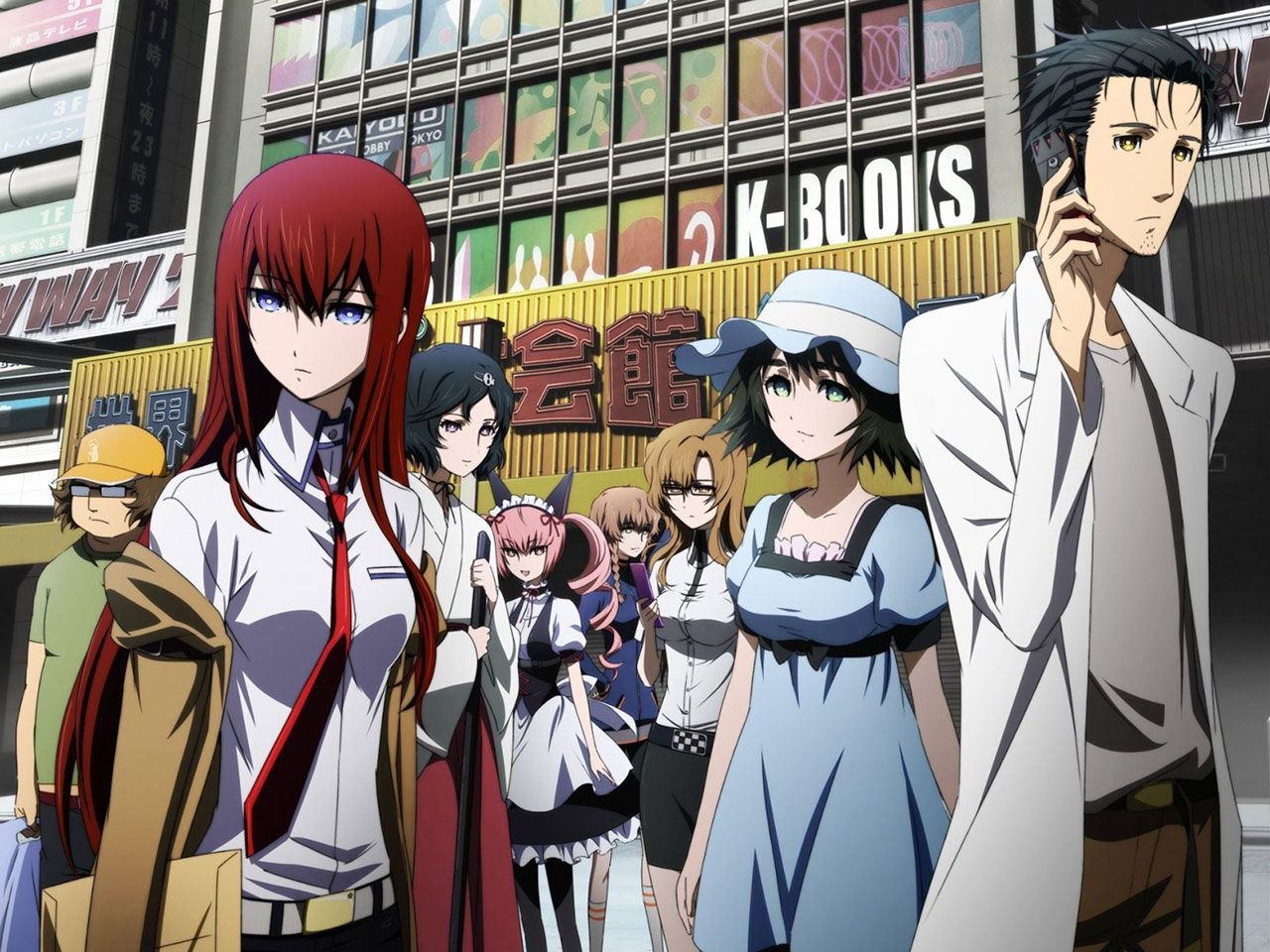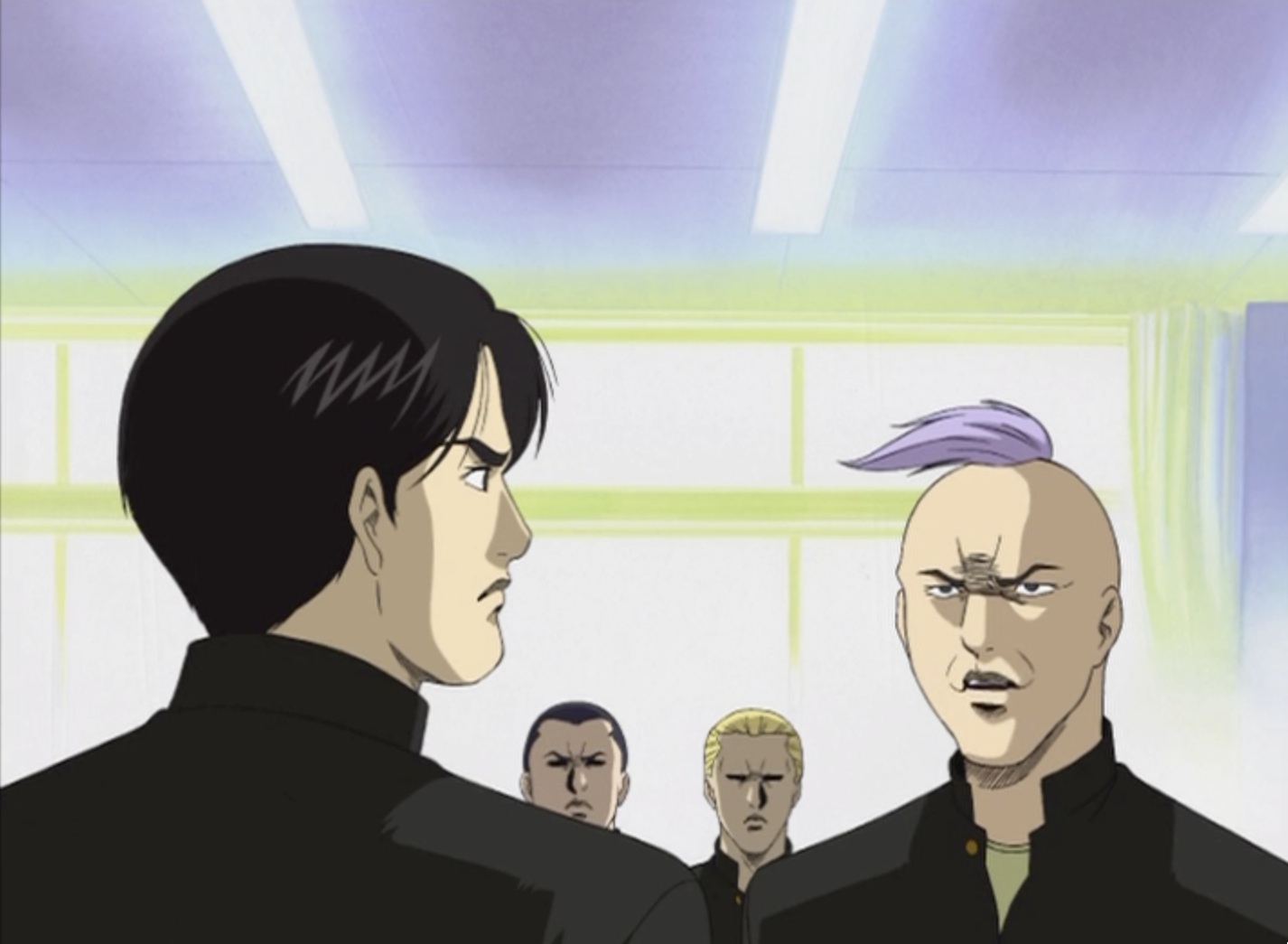I’ve been known in the past to say you can’t learn Japanese from anime… and that’s still quite true. The amount of people out there who watch thousands of hours of (admittedly addicting) anime under the pretense that they’re “learning” Japanese is startling. They sit in front of their computer screens and watch and watch and watch… with subtitles. Trust me, not a lick of Japanese is being learned here, perhaps with the exception of the occasional “kawaii” or “__senpai”-type vocab being learned. Just look back at the hours you spent “learning Japanese with anime” and think of all the amazing things you could have done during that time.
While my “you can’t learn Japanese from anime” words are meant for this kind of person, I’ll admit that there are some ways to change one’s viewing habits so you come away learning something (or sometimes a lot!). That’s what language learning is, isn’t it? Whoever tries the hardest and persevere’s the longest is the winner, and the method doesn’t dictate whether or not you make it to the end. Think of it like a transportation device. Some cars are slow, some are fast, but if the fast car breaks down halfway through and the slow one doesn’t, guess who finishes the race?
So, stop your faulty car and get out. I have a fancy new car for you. It’s not the fastest car in the world but it will get you there if you put in the hard work and effort necessary.
Step 1: Ditching (Then Unditching) The Subtitles

First thing is first. You have to get rid of the subtitles… kind of. If there’s English (or any language you’re proficient in) anywhere on the video screen then you’re doing yourself a disservice. The human brain will take the easy way out if you let it (like, 99.9% of the time). If the option is there and it doesn’t hurt more to take it than not to take it, then your brain will take that option. Subtitles will be processed, not the Japanese audio.
A lot of anime, whether it’s on Netflix, Hulu, Crunchyroll, or ahem some other source, will have the option to remove the subtitles. With the first few sources, that ability is in the video options. With the “other” source, that option is usually under “video” in VLC (if that’s what you’re using to play these video files). If the option isn’t there, then you should either find another anime to study with or be prepared to cover part of the video with another window on your desktop.
Now that you’ve gotten rid of the subtitles it’s time to get the subtitles back.
“What?” asks the person living inside this guide. “But I thought you told me to get rid of them!”
Well, good citizen, this time we’re adding in Japanese subtitles. Sometimes you’ll be able to turn on Japanese subtitles. Other times you’ll have to download them. There are various sites out there (Google it), but this is one of them. One way to go about it is to look through this list and find things you either like or are interested in watching. That will help you out in the future, because studying with anime actually takes most of the joy out of anime (warning you now). It is hard work, after all.
You’ll want to download the subtitles and add them to your video. Usually this just involves putting the subtitle file in the same folder as the video it belongs to. Other times you can load the subtitle file via the media player you use. If you’re not familiar, you may have to do some searching around to get it working. It will also depend on the subtitle file type too.
Step 2: Laying The Groundwork

This is where things get… study-y. Certain subtitle types will have trouble with this. Others will work a-ok. Using a text editor (or often cases an application you’d use to do programming with, like Sublime Text) open up the subtitle file. You may need to change the encoding of the file to Japanese as well. Just something else to look out for.
If you’re on the intermediate-to-advanced side of your Japanese learning journey, you can stop right here. If you’re on the more-like-a-beginner side, keep reading this section.
For you (beginner), this is going to be really hard. It’s not going to help you to just look at things and read them, as it will probably take forever and you could be using your time much more effectively somewhere else (like by learning kanji, or really most anything). If you’re at a more intermediate level, but perhaps a lower one, it might be helpful to download the English subtitles of the same anime and episode as well. You can open them like the Japanese ones and then use the timestamps to compare the Japanese with the English meaning. Don’t use this as a crutch, but use it to make sure you’re not completely off with any translations (and to help you when you get stuck). In addition to intermediate level learners, this can be helpful for advanced learners as well. Just use this crutch less and less the less you need it. Remember, our brains just take the easy way out whenever they are able so don’t trust it!
Step 3: Break Out The Vocab

Go through each word and make sure you know the meaning of it. If you’re having trouble figuring out what word something is, try pasting it into (beta) Jisho, which will help you to break down the sentence into usable pieces. I’d recommend writing down all the words you don’t know or putting them in a spreadsheet. This isn’t so much for study but for keeping track of what you’re learning. The more you treat learning like a science by keeping track of data the faster you’ll be learning in the long run. Plus, it’s nice to come back and see what you know and don’t know later on when you’ve been doing this a while. It will also make it easier to make sure you’re not doubling up words.
After you have them in a spreadsheet, put them into your SRS of choice. Some of these applications (like Anki) will let you import via a spreadsheet (how convenient!). You’ll want to use your own vocab studying method here, as there are many (and people like doing their own thing). The most important thing is you learn all these items before moving on to the “watch the episode” step.
Continue pulling out vocab and learning them until you’ve finished a “scene” in the anime. This is going to depend on the anime. This might take a long time for you or it might be fairly quick. Just know that the more you do this the faster it will go. Each time will be better than the last but the first 10-20 times is really, really painful. Hopefully just knowing this will help you to get through it.
When you know all the words in a scene, it’s time to take a look at the scene itself.
Step 4: Can You Read It?

Make sure you can read everything on the Japanese subtitles. Read it out loud, because this is a lot more telling than reading it in your head. You don’t have to be able to read it at the speed of the anime (yet), but you do need to be able to read it at a moderate speed. Once you are able to read it it’s time to fire up the video file (finally!).
Step 5: Shadowing

Now we’re going to do something called “language shadowing.” This involves reading the text along with the speaker, in this case the anime character, narrator, or whatever. This is a lot like singing along with a song. You learn the tones and intonation of a song when you do this, until you can sing the song somewhat in tune (your friends will disagree). Shadowing and reading along with someone speaking is a lot like this and will help you to develop pronunciation abilities. That being said, be careful to not mimic people who don’t sound like people… In anime this is much more prevalent, so if you don’t know what you’re doing you could be training yourself to sound like a weirdo (another reason I tend to recommend this method only for intermediate or advanced learners).
Various video players will have various options, but VLC has a “jump back X seconds” shortcut. Look it up for your operating system and use that to jump back over and over to the same sentence or two until you’ve perfected it and can speak up to speed. Once you’re able, move on to the next one until you’ve finished the whole section. Now go back to the beginning of the section for one big hurrah of a speak through. Do you feel like you’ve learned something? If not, you eventually will.
How To Learn Japanese From Anime: Improve Over Time
The good things about this method of study are that it teaches you a lot of vocab over a long period of time, it helps with pronunciation, and is hopefully fun for you. Also, it will naturally bring up and show you the most common vocabulary and grammar, just because that’s what’s going to show up the most in real life. Overall, with mass quantity of study, this has you learn things in one of the best possible orders. The bad things? It’s hard. Damn hard. Especially if you’re not an advanced learner. That being said, I’d recommend this for advanced learners and maybe some motivated upper-intermediate ones. After doing this for a while (months, probably) you’ll start to really see an improvement. It will feel like you’re beating your head against a wall for a long time and then suddenly *bam!* you get better. That’s because getting better at a language is more like climbing up a giant set of stairs. You can’t see where you’re going until you reach the top of the step you’re working on.
I hope this guide helps you to turn your anime addiction into something a little more studious. If not, well, at least you’re having a good time I suppose.
Since studying this way involves a lot of kanji knowledge, one way to make this type of study more effective and time-efficient would be to learn more kanji. Of course, we recommend WaniKani for that, but no matter what you end up doing the more kanji you know the easier this will be.
